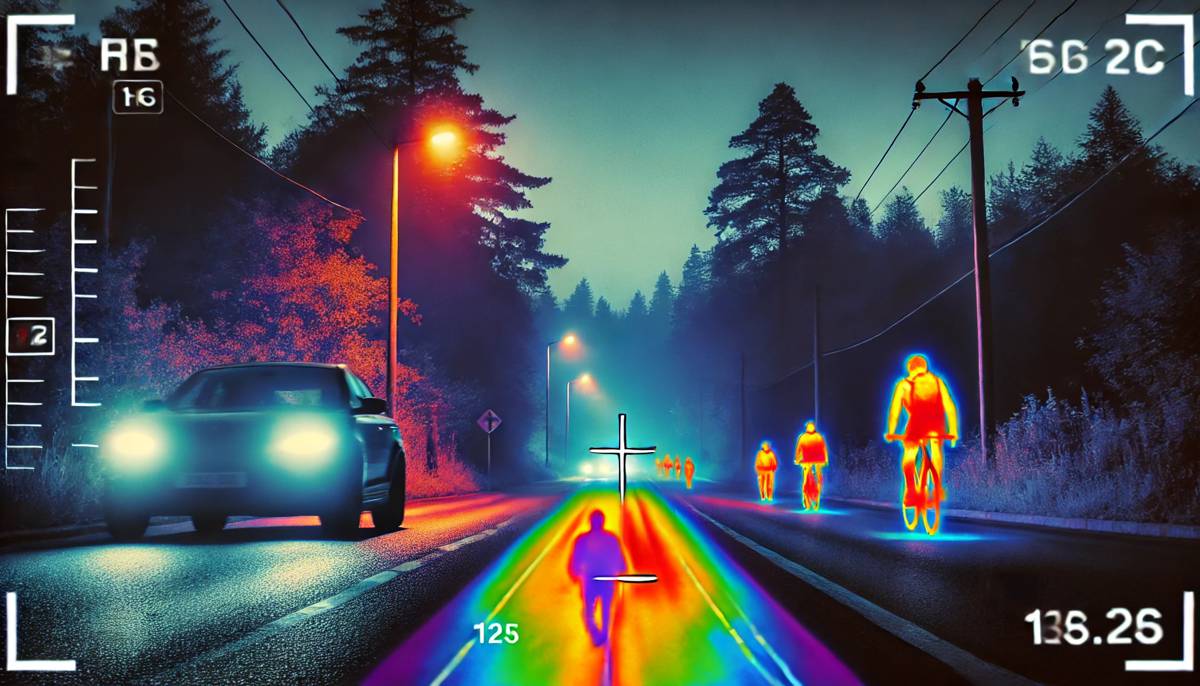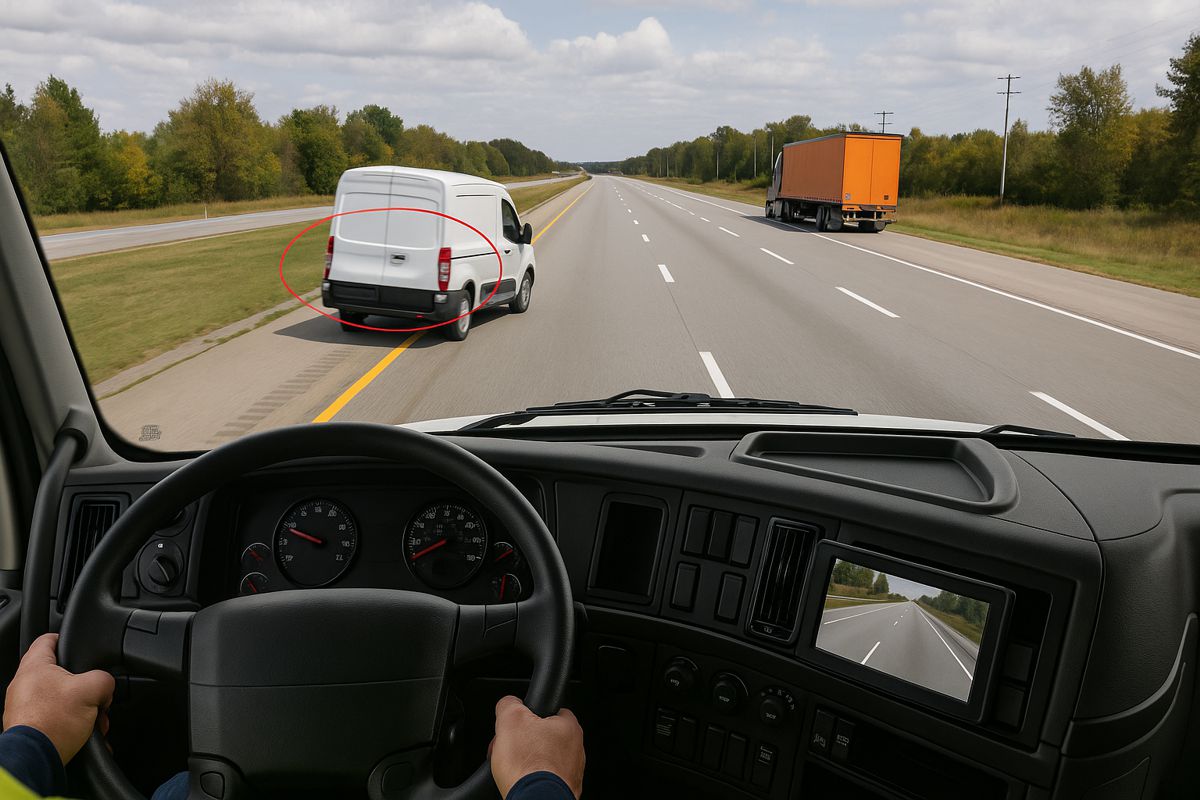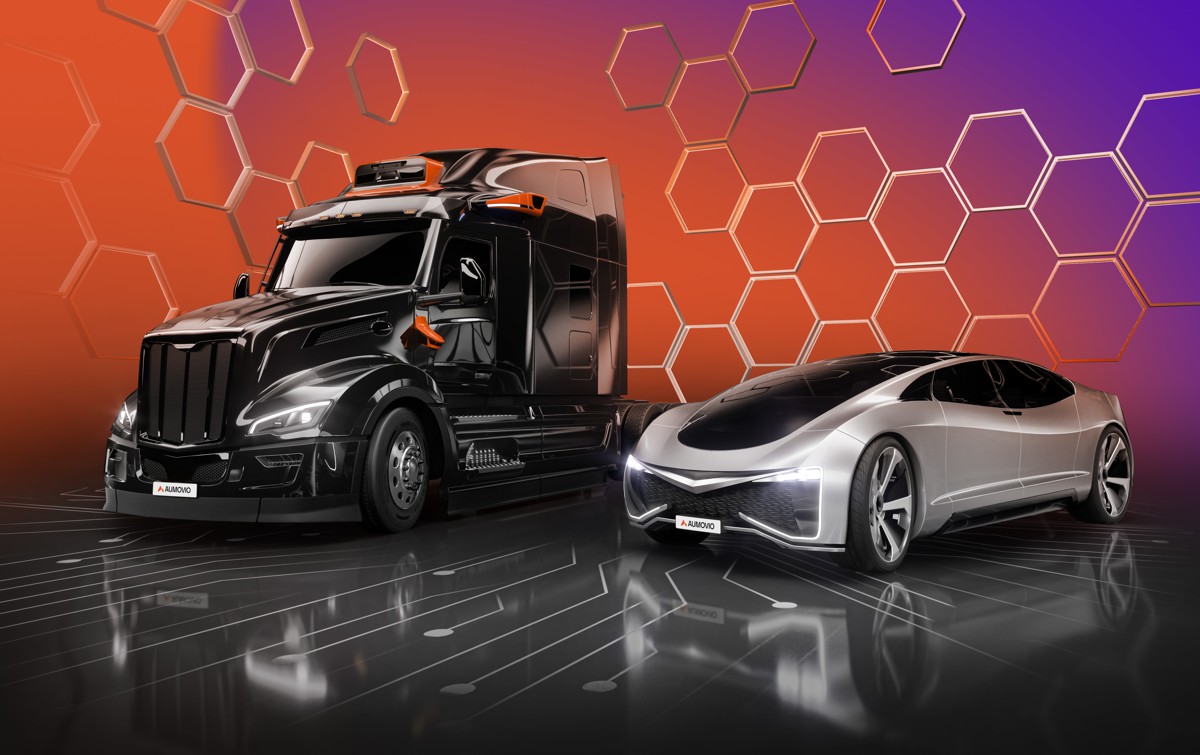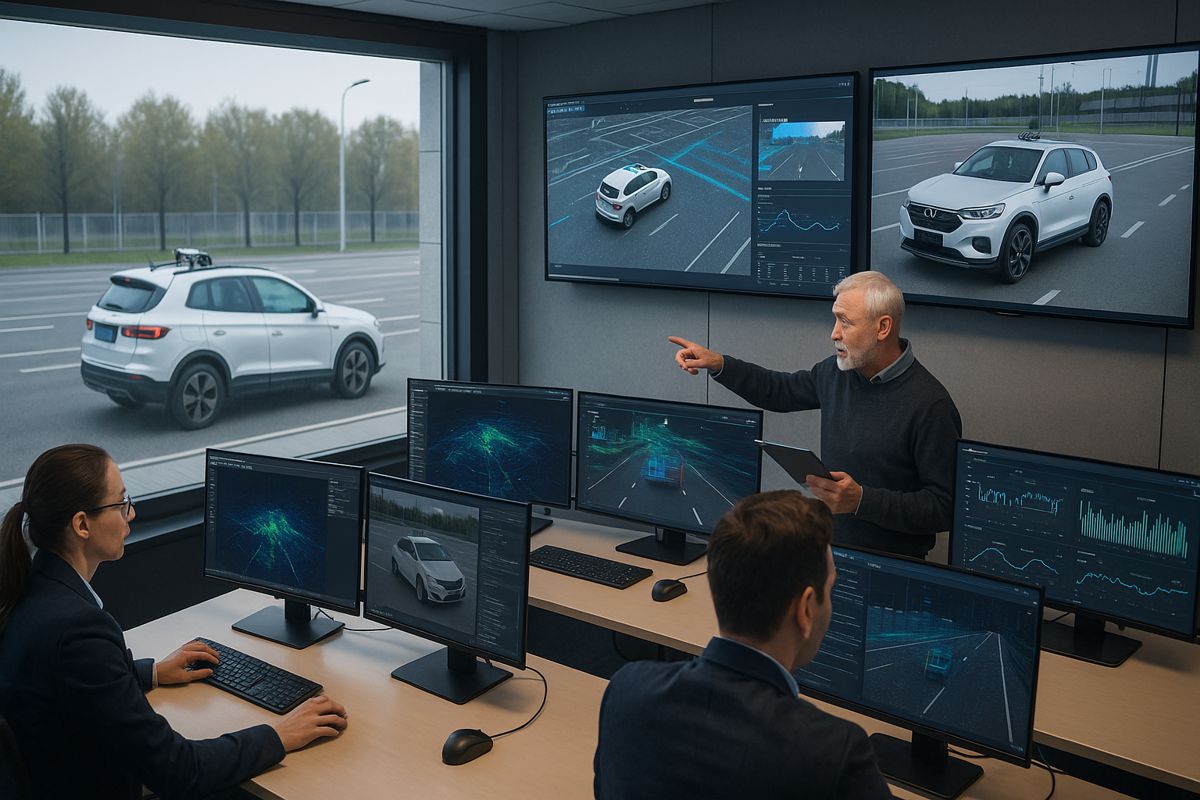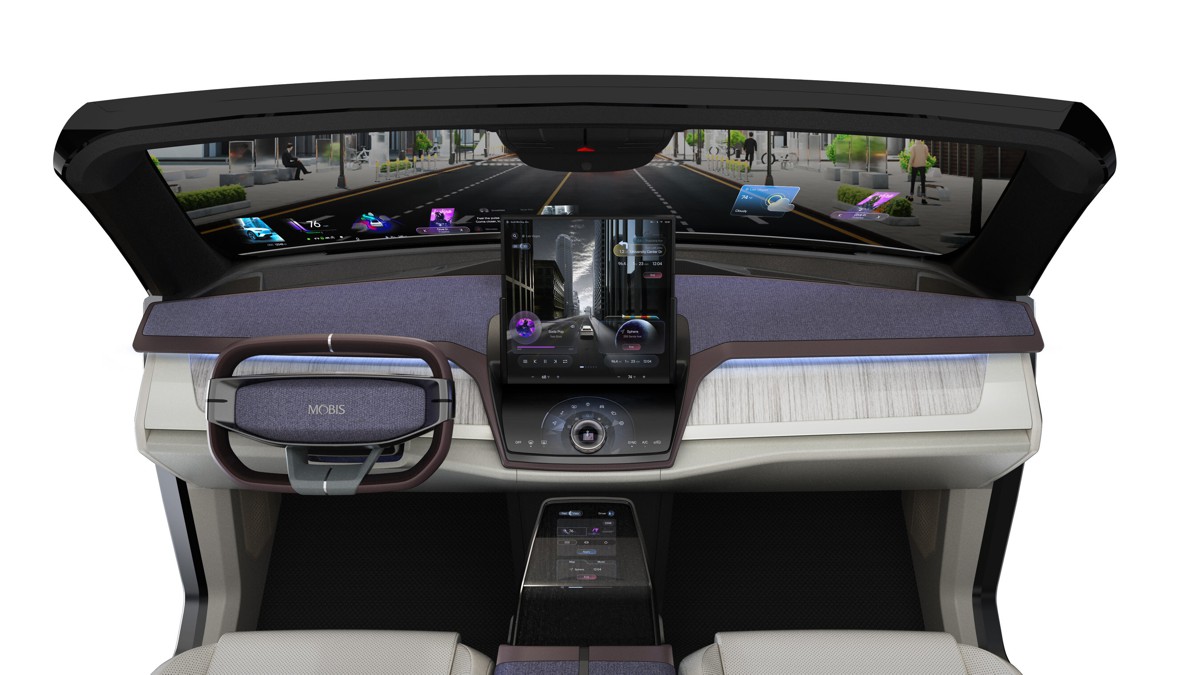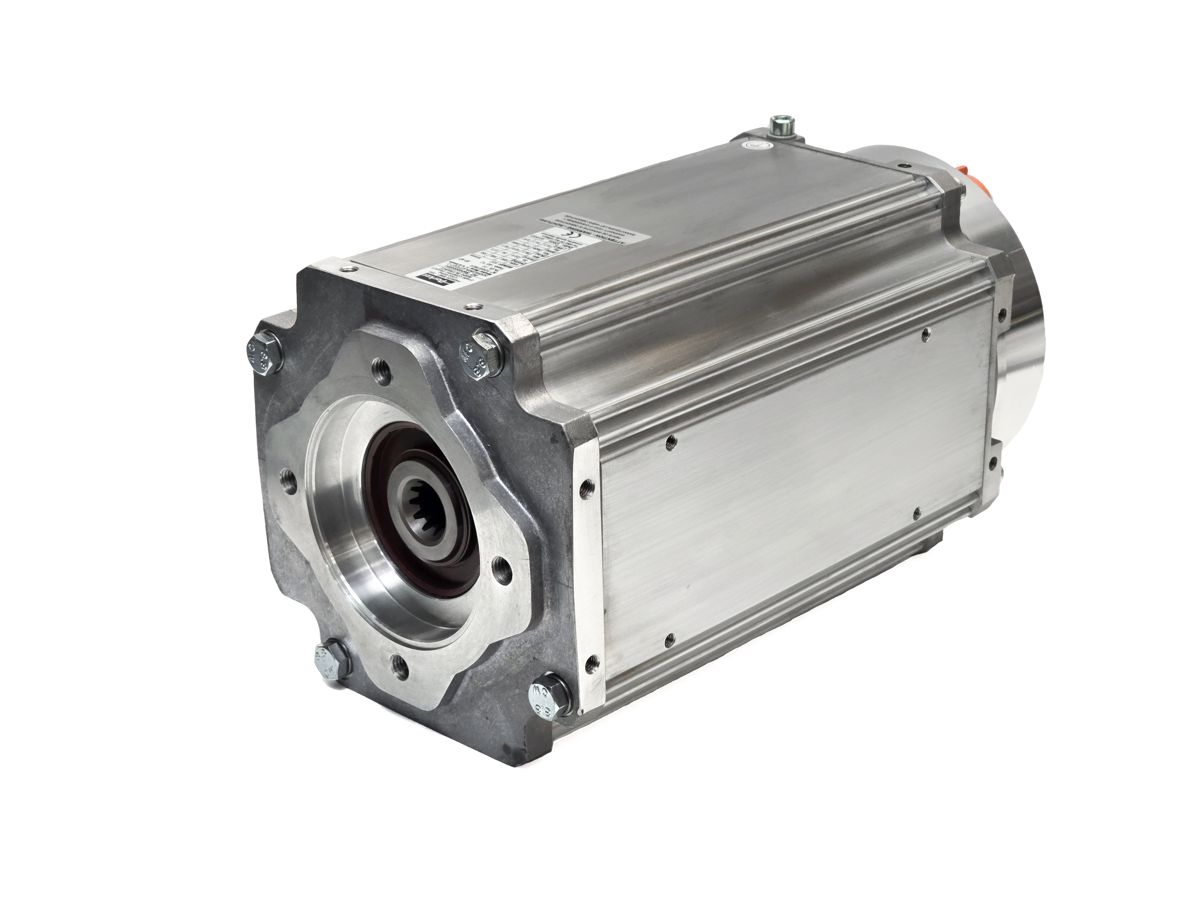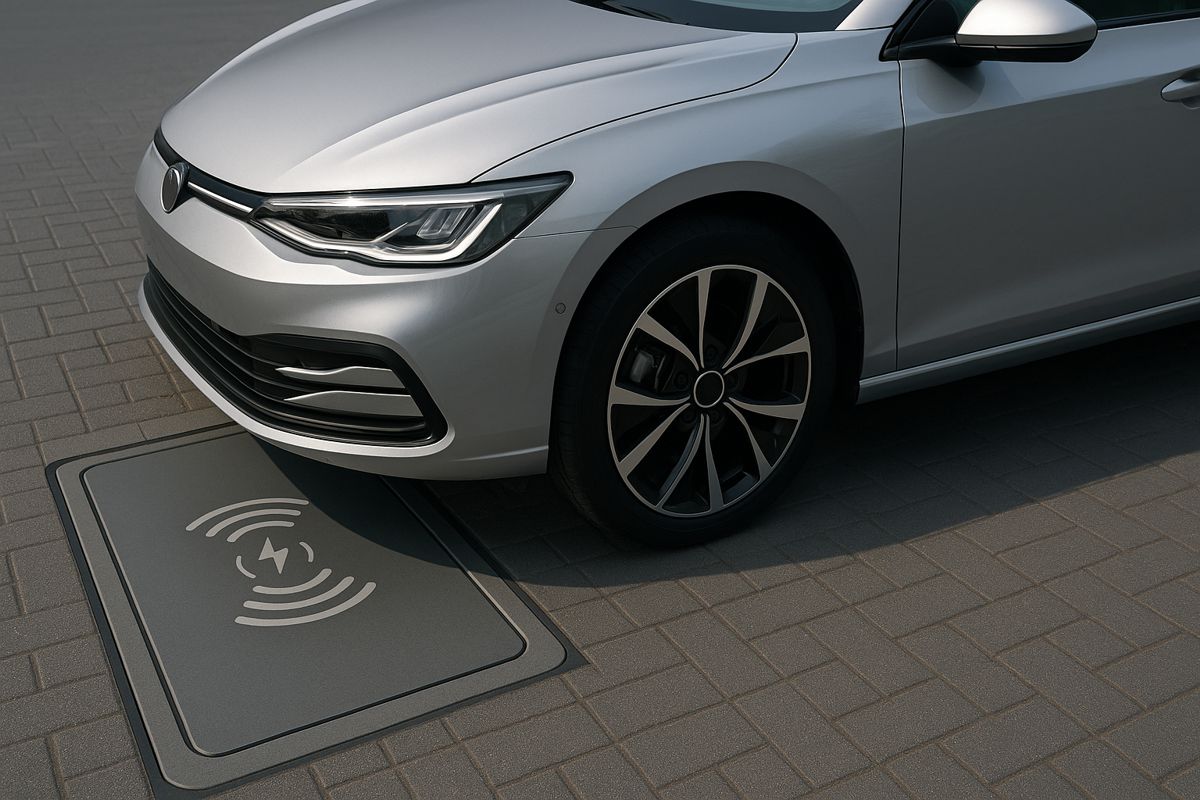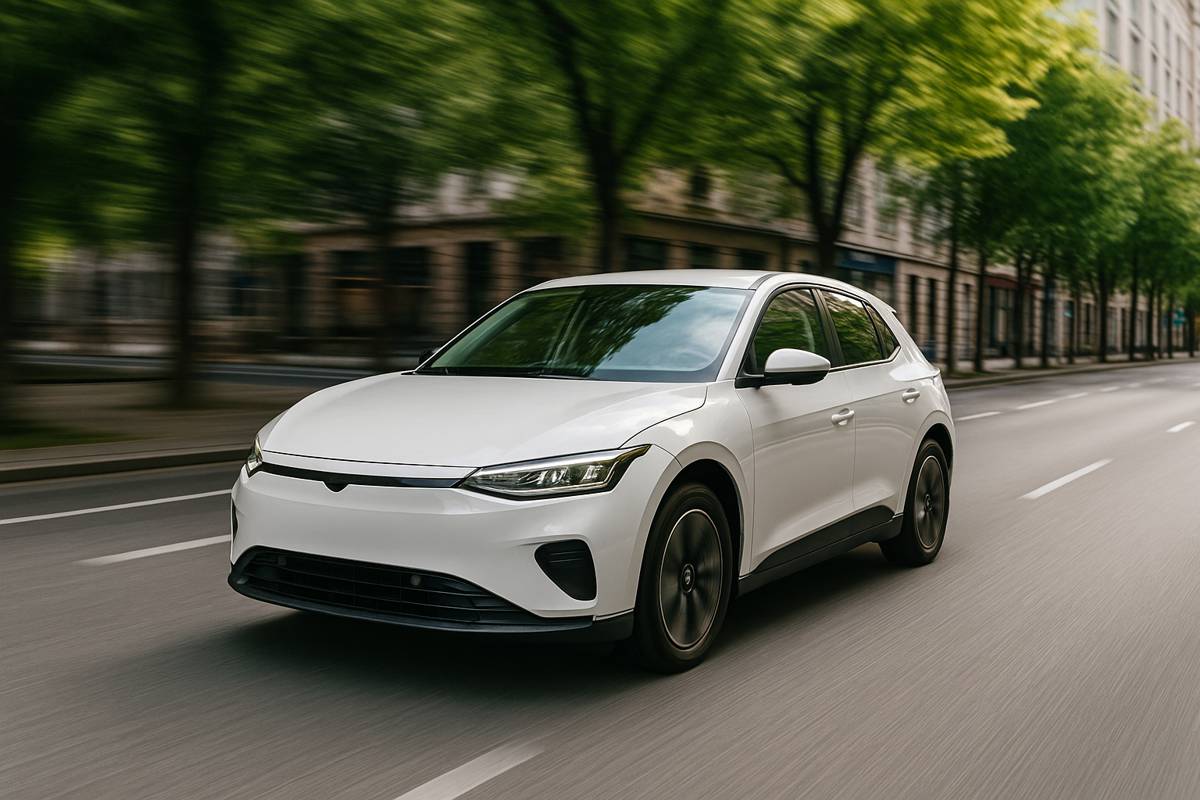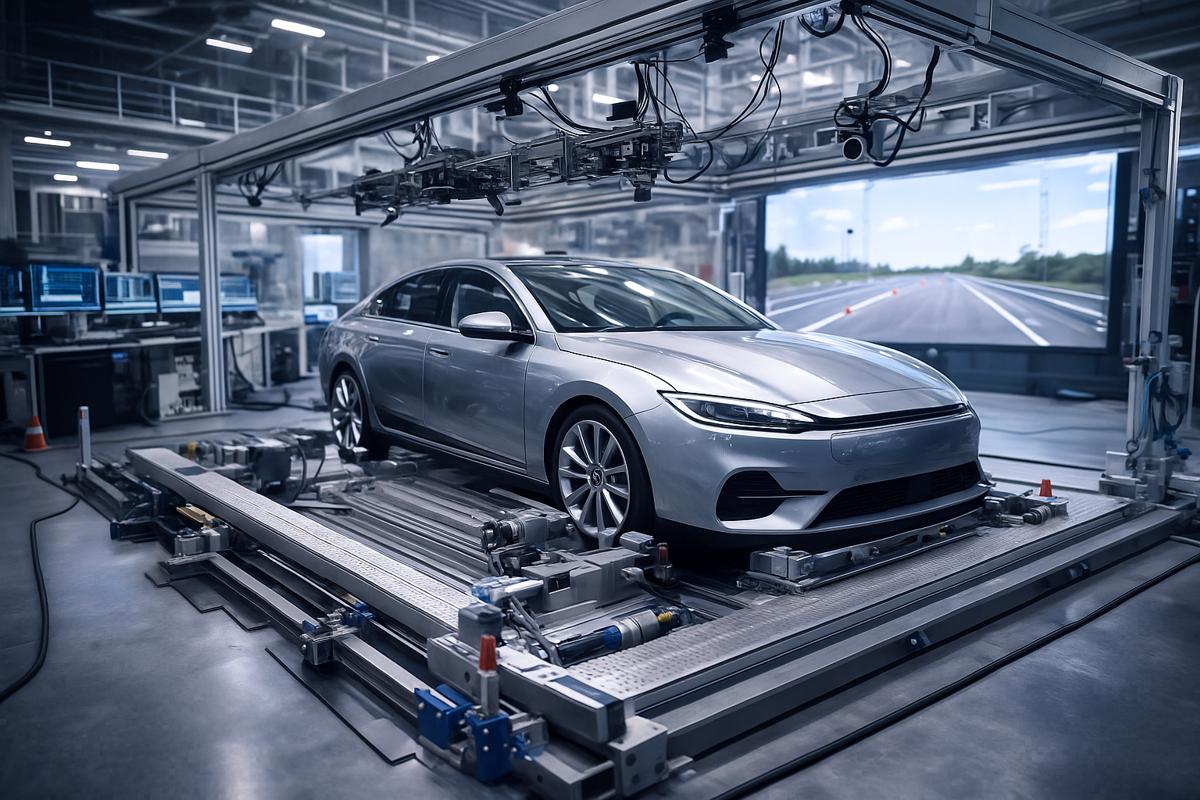Revolutionising Night-Time Autonomous Driving with Imagry and ADASKY
Night-time driving has always presented unique challenges, particularly for autonomous vehicles. Poor visibility, unpredictable lighting, and obscured obstacles can turn a straightforward journey into a risky venture.
However, Imagry, a leader in HD-mapless autonomous driving technology, has taken a giant leap forward by integrating ADASKY’s cutting-edge thermal cameras into its AI-powered autonomous vehicle platform. This partnership promises to redefine safety and reliability in autonomous driving, especially in challenging low-visibility conditions.
Why Night Driving Remains a Stumbling Block
Driving after dark has long been a hurdle for autonomous systems. Conventional sensors like visual spectrum cameras and LiDAR struggle in adverse conditions such as dense fog, rural roads with minimal lighting, and extreme weather scenarios. ADASKY’s long-wave infrared (LWIR) thermal cameras, however, offer a ground-breaking solution. These cameras detect and classify objects, including living beings, far beyond the range of standard headlights or typical sensors. By operating seamlessly in darkness and through environmental obstructions, they provide a critical layer of safety for autonomous vehicles.
Dr. Ilan Shaviv, Imagry’s Chief Technology Officer, emphasised the importance of this collaboration: “The integration of ADASKY’s advanced thermal imaging technology into our AI Driver platform allows autonomous vehicles to confidently navigate low-light and rural night driving scenarios. This partnership is a game-changer, ensuring safer journeys for everyone sharing the road.”
The Power of Thermal Imaging in Autonomous Systems
At the core of this innovation is ADASKY’s proprietary thermal imaging technology. Unlike standard cameras that rely on visible light, thermal cameras capture heat signatures, enabling vehicles to detect:
- Pedestrians, cyclists, and animals hidden in shadows or obscured by fog.
- Vehicles, barriers, and road hazards invisible to the human eye.
- Environmental nuances like icy patches or debris.
With their ability to classify objects with precision, these cameras significantly extend the perception range of Imagry’s autonomous platform, providing more time to assess and react to potential hazards.
The collaboration also enhances Imagry’s HD-mapless driving system, which relies on real-time visual spectrum camera-based perception and imitation learning. By integrating ADASKY’s thermal cameras, Imagry has built a platform capable of adapting to dynamic environments with unparalleled accuracy, even in adverse weather and lighting conditions.
How Imagry Is Shaping the Future of Autonomous Mobility
Imagry’s HD-mapless platform is a marvel of modern engineering. Unlike traditional systems that depend on preloaded HD maps, Imagry’s solution uses live camera feeds and imitation learning to make real-time decisions. This eliminates the need for constant map updates, making the system more scalable and practical for diverse road networks.
Since its inception in 2018, Imagry has been at the forefront of autonomous driving innovations. Its solutions are currently operational in the U.S., Germany, Japan, and Israel, powering Level 3 (L3) autonomy for passenger vehicles and Level 4 (L4) capabilities in electric buses. With Tier-1 suppliers and OEMs leveraging Imagry’s expertise, the company is paving the way for safer, more reliable autonomous mobility.
Bridging the Gap Between Innovation and Safety
Imagry’s collaboration with ADASKY is more than just a technological milestone; it’s a step towards bridging the gap between innovation and real-world safety. By integrating thermal imaging into its AI Driver platform, Imagry ensures that autonomous vehicles can handle the unpredictability of night driving with confidence. This not only enhances passenger safety but also sets a new benchmark for autonomous systems operating in public transportation.
ADASKY’s long-standing commitment to safety is evident in its high-resolution LWIR thermal cameras. Designed to integrate seamlessly with Advanced Driver-Assistance Systems (ADAS) and autonomous platforms, these cameras deliver unmatched clarity and precision. From spotting a pedestrian in pitch-black conditions to identifying road hazards hidden by fog, ADASKY’s technology is redefining what’s possible in vehicle perception systems.
A Vision of Safer Roads Ahead
While the road to fully autonomous driving is still under construction, partnerships like the one between Imagry and ADASKY are building the foundation for a safer, smarter future. By combining AI-driven decision-making with advanced thermal imaging, these two innovators are addressing one of the most critical challenges in autonomous mobility: night-time safety.
The broader implications are equally exciting. As more autonomous systems adopt thermal imaging technology, the industry could see significant reductions in night-time accidents and fatalities. Moreover, this collaboration demonstrates how multi-sensor integration—a blend of visual spectrum and infrared capabilities—can unlock the full potential of autonomous vehicles, regardless of environmental challenges.
Looking Ahead with Optimism
Imagry and ADASKY’s partnership is a testament to what’s possible when technology meets purpose. By addressing the limitations of traditional sensors and expanding the capabilities of AI-driven platforms, they’re not just solving today’s problems—they’re shaping the future of transportation.
As Imagry’s system continues to evolve, one thing is clear: the journey towards fully autonomous driving has never looked brighter—even after dark.
